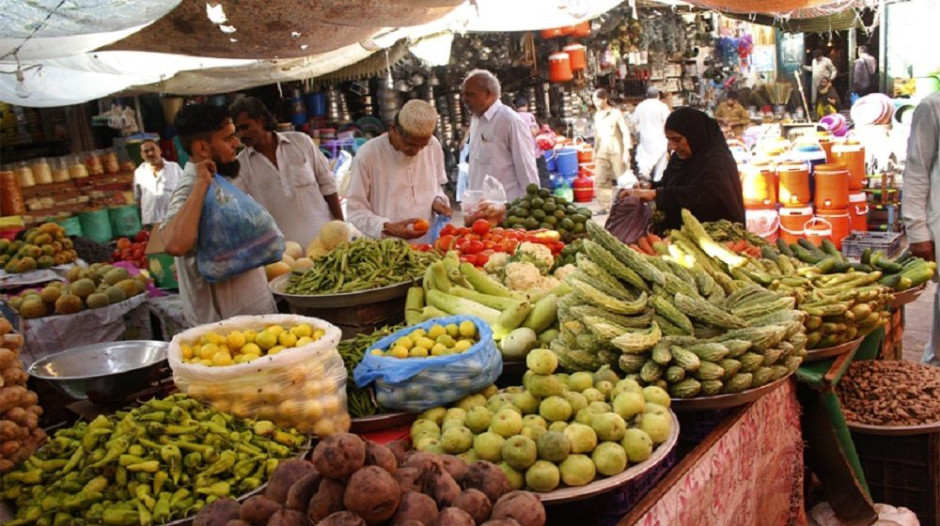[vc_row][vc_column][vc_column_text dp_text_size=”size-4″]The government predicted that headline inflation (CPI) will continue to be high in the upcoming months on Saturday.
In its Monthly Economic Update & Outlook for April, the Economic Advisor’s Wing (EAW) of the Ministry of Finance identified increases in the price of food and energy as the main causes of inflation. According to the research, increased administered prices and currency devaluation have both pushed up overall price levels. Even if there is a declining tendency in global commodity prices, they are still greater than they were prior to the pandemic.
Also Read: Haris Sohail is replaced by Iftikhar Ahmed in the ODI squad.
According to the report, the supply of crucial crops has not been able to keep up with domestic demand as a result of the slow recovery from flood-related damages, which has exacerbated inflation. Despite adopting a contractionary monetary policy, the State Bank of Pakistan (SBP) has seen that inflationary expectations have not decreased.
For April 2023, inflation is anticipated to stay between 36 and 38 percent. According to the study, the federal government is closely monitoring the demand-supply gap for necessities and acting as necessary to reduce inflationary pressures. It does this in coordination with provincial governments.
According to the research, there would be sufficient supply of fertiliser, seeds, and agricultural loans during Kharif 2023. According to the Pakistan Meteorological Department (PMD), slightly above-normal rains are predicted for the upcoming three months (April–June 2023), especially over the upper portion of the country. June is predicted to have less rainy days.
In the vast majority of the nation, the temperature may continue to be slightly above average. In the Northern Areas, a slow increase in temperature will hasten the snowmelt process. While lower regions of the country will experience some slight shortages during the Kharif season, the seasonal rainfall may provide water for crops in the major rainfed areas.
According to the research, Pakistan’s economy continues to face serious difficulties highlighted by high prices and a downturn in economic activity. However, a few encouraging signs are emerging as a result of the government’s stabilisation measures. For instance, the balance of payments’ current account now has a surplus.
This might ease the external finance restriction, support greater currency rate stability, and boost consumer confidence. Additionally, the successful conclusion of the International Monetary Fund (IMF) programme will open up opportunities for luring in more capital, further exchange rate stabilisation, and reducing inflationary pressures.[/vc_column_text][/vc_column][/vc_row]











